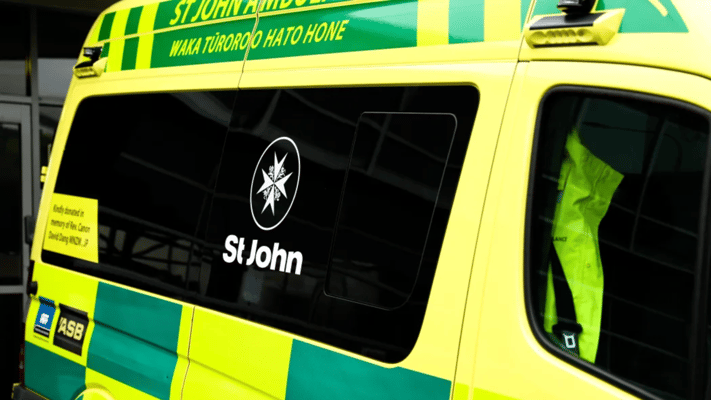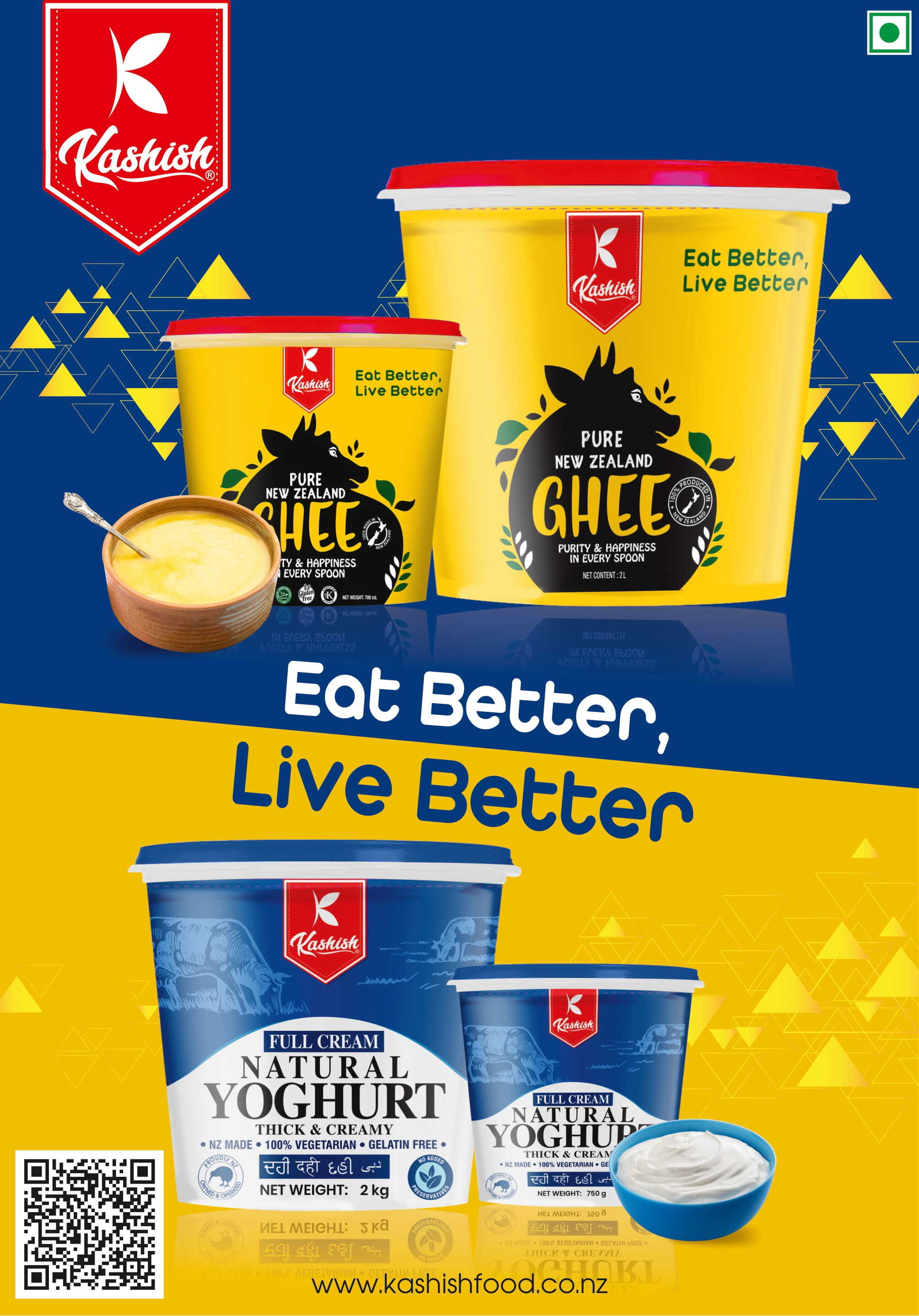Husband Helpless As Wife Dies Despite Six Ambulance Calls

A coroner has called for the nation's ambulance service to lobby the government for increased funding after a man helplessly watched his wife die despite making five emergency calls to 111. His son also called, reporting that his mother was not breathing.
St John Ambulance Service has been advised to review its emergency call-handling processes, particularly to improve communication with callers who do not speak English as their first language.
These recommendations are part of a coroner’s findings released late last year, following an inquiry into the July 2021 death of Solofua Sharon Tapuvae in Auckland.
Tapuvae, aged 54, died at home from an acute heart condition. Despite her husband’s repeated calls for an ambulance, he was informed that no ambulances were available. The call was only escalated to a priority response when their son reported that she had stopped breathing.
Coroner Janet Anderson expressed deep concern over the situation. “I am very mindful of the desperate situation Makarafu [the husband] found himself in, calling repeatedly for emergency assistance while his wife was dying, and being told that there was no ambulance available,” she stated in her findings.
She noted the severe and distressing impacts of insufficient ambulance resources. In a separate incident in April this year, an elderly woman in Rangiora died after a 70-minute wait for an ambulance, despite her husband’s calls for help.
Deputy Health and Disability Commissioner Dr. Vanessa Caldwell recently criticised an ambulance call-handler for incorrectly classifying and recording triage information in 2020, leading to the death of a teenage girl suffering an asthma attack due to a 28-minute delay in ambulance arrival.
In response to these tragic events, both the government and St John Ambulance Service have acknowledged the need for improvements. Steps have been taken, including increased funding to address resource and workload issues.
New Zealand’s ambulance service is funded by Te Whatu Ora - Health New Zealand and ACC, covering approximately 82 percent of its $380 million annual cost. The remaining funds come from donations and a $98 charge for patients transported by ambulance.
At the time of Tapuvae’s death, the ambulance service was under extreme pressure, with all available units committed to other patients. Tapuvae suffered a hemopericardium caused by a tear in her aorta, with obesity being a contributing factor.
On July 29, 2021, Tapuvae collapsed at home just after 6 pm. Her husband, who had just arrived home and was outside with their puppy, rushed inside upon hearing her call out. Finding her on the lounge floor rubbing her chest, he immediately called 111.
Despite describing her symptoms as a “sore stomach” and noting she had almost fainted, the first call-taker advised it might take “up to several hours” for an ambulance to arrive. Her husband was asked if he could take her to the hospital himself, but he was unable to lift her.
After multiple calls, the situation escalated when their son reported she had stopped breathing. CPR instructions were given, and a paramedic ambulance was dispatched, but Tapuvae could not be revived upon arrival.
Dr. Gary Clearwater, Chief Medical Advisor to the Coronial Service, stated that Tapuvae’s condition required prompt surgery, and her chances of survival were slim even under optimal circumstances. He also noted that language barriers might have impacted the communication during emergency calls.
The coroner expressed concern over the lack of ambulance availability and highlighted the need for St John to reflect on their service aspects related to Tapuvae’s care. While these reflections may not have changed the outcome, they could improve future communication with non-English-speaking families in urgent need of assistance.
The coroner recommended that St John continue seeking additional funding and resources from the government and consider improvements to communication protocols.
Associate Health Minister Casey Costello reported a 32 percent increase in government funding for ambulance services over the past two years. Since 2022, the contract with St John has supported the recruitment of over 300 additional frontline and communication centre staff.
Phil Riley, ACC Deputy Chief Executive for Prevention and Partnerships, stated that the current contract with Hato Hone St John runs from 2022 to 2026, with annual inflation adjustments. For the 2023-24 period, ACC plans to spend $157.2 million on emergency ambulance services.
Hato Hone St John continues to face increasing demand for its ambulance services in 2023.
A coroner has called for the nation's ambulance service to lobby the government for increased funding after a man helplessly watched his wife die despite making five emergency calls to 111. His son also called, reporting that his mother was not breathing.St John Ambulance Service has been advised...
A coroner has called for the nation's ambulance service to lobby the government for increased funding after a man helplessly watched his wife die despite making five emergency calls to 111. His son also called, reporting that his mother was not breathing.
St John Ambulance Service has been advised to review its emergency call-handling processes, particularly to improve communication with callers who do not speak English as their first language.
These recommendations are part of a coroner’s findings released late last year, following an inquiry into the July 2021 death of Solofua Sharon Tapuvae in Auckland.
Tapuvae, aged 54, died at home from an acute heart condition. Despite her husband’s repeated calls for an ambulance, he was informed that no ambulances were available. The call was only escalated to a priority response when their son reported that she had stopped breathing.
Coroner Janet Anderson expressed deep concern over the situation. “I am very mindful of the desperate situation Makarafu [the husband] found himself in, calling repeatedly for emergency assistance while his wife was dying, and being told that there was no ambulance available,” she stated in her findings.
She noted the severe and distressing impacts of insufficient ambulance resources. In a separate incident in April this year, an elderly woman in Rangiora died after a 70-minute wait for an ambulance, despite her husband’s calls for help.
Deputy Health and Disability Commissioner Dr. Vanessa Caldwell recently criticised an ambulance call-handler for incorrectly classifying and recording triage information in 2020, leading to the death of a teenage girl suffering an asthma attack due to a 28-minute delay in ambulance arrival.
In response to these tragic events, both the government and St John Ambulance Service have acknowledged the need for improvements. Steps have been taken, including increased funding to address resource and workload issues.
New Zealand’s ambulance service is funded by Te Whatu Ora - Health New Zealand and ACC, covering approximately 82 percent of its $380 million annual cost. The remaining funds come from donations and a $98 charge for patients transported by ambulance.
At the time of Tapuvae’s death, the ambulance service was under extreme pressure, with all available units committed to other patients. Tapuvae suffered a hemopericardium caused by a tear in her aorta, with obesity being a contributing factor.
On July 29, 2021, Tapuvae collapsed at home just after 6 pm. Her husband, who had just arrived home and was outside with their puppy, rushed inside upon hearing her call out. Finding her on the lounge floor rubbing her chest, he immediately called 111.
Despite describing her symptoms as a “sore stomach” and noting she had almost fainted, the first call-taker advised it might take “up to several hours” for an ambulance to arrive. Her husband was asked if he could take her to the hospital himself, but he was unable to lift her.
After multiple calls, the situation escalated when their son reported she had stopped breathing. CPR instructions were given, and a paramedic ambulance was dispatched, but Tapuvae could not be revived upon arrival.
Dr. Gary Clearwater, Chief Medical Advisor to the Coronial Service, stated that Tapuvae’s condition required prompt surgery, and her chances of survival were slim even under optimal circumstances. He also noted that language barriers might have impacted the communication during emergency calls.
The coroner expressed concern over the lack of ambulance availability and highlighted the need for St John to reflect on their service aspects related to Tapuvae’s care. While these reflections may not have changed the outcome, they could improve future communication with non-English-speaking families in urgent need of assistance.
The coroner recommended that St John continue seeking additional funding and resources from the government and consider improvements to communication protocols.
Associate Health Minister Casey Costello reported a 32 percent increase in government funding for ambulance services over the past two years. Since 2022, the contract with St John has supported the recruitment of over 300 additional frontline and communication centre staff.
Phil Riley, ACC Deputy Chief Executive for Prevention and Partnerships, stated that the current contract with Hato Hone St John runs from 2022 to 2026, with annual inflation adjustments. For the 2023-24 period, ACC plans to spend $157.2 million on emergency ambulance services.
Hato Hone St John continues to face increasing demand for its ambulance services in 2023.










Leave a Comment